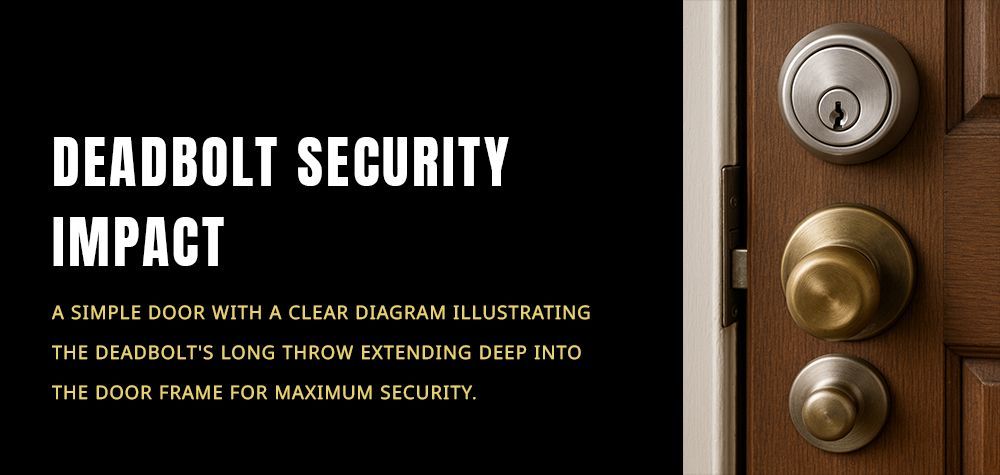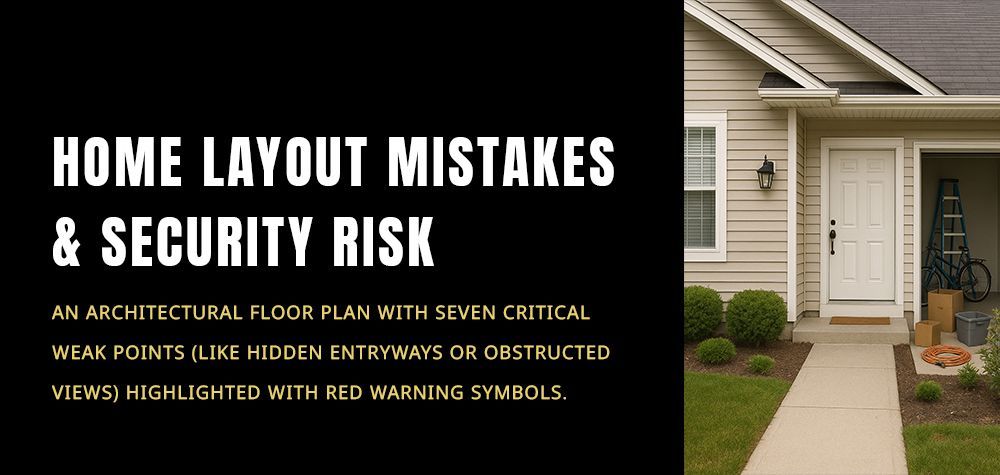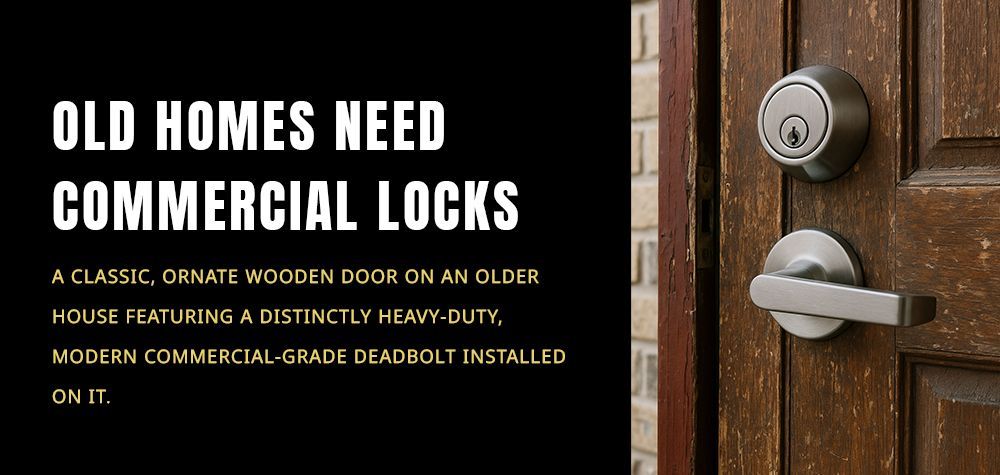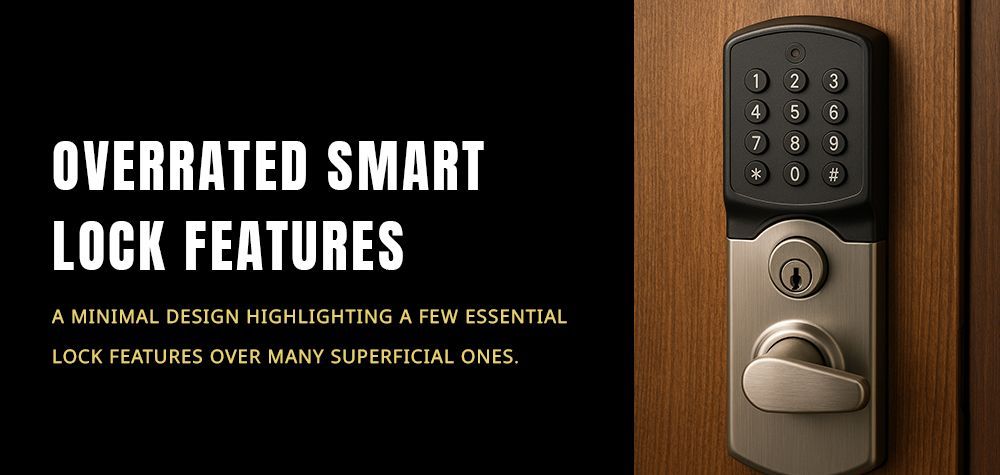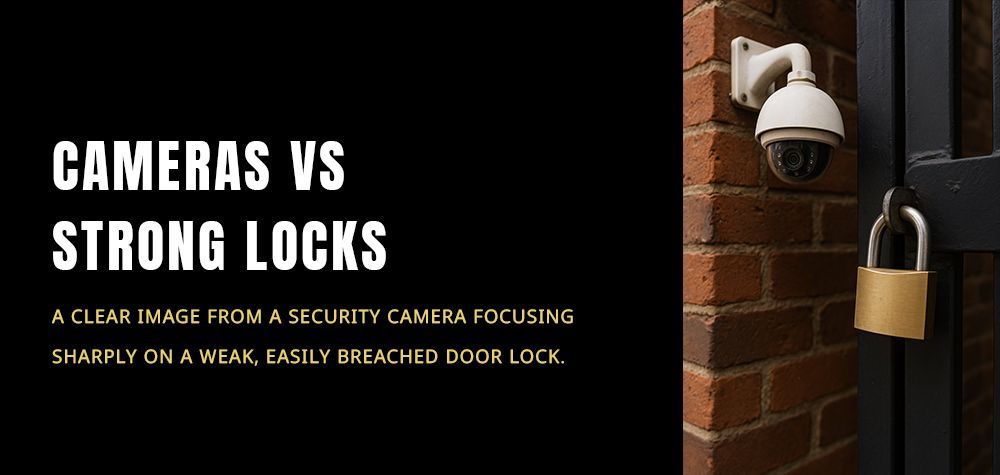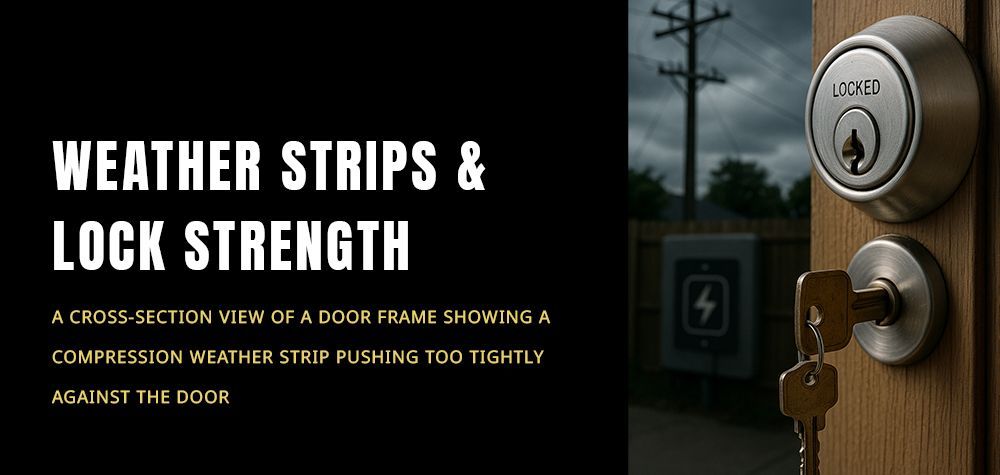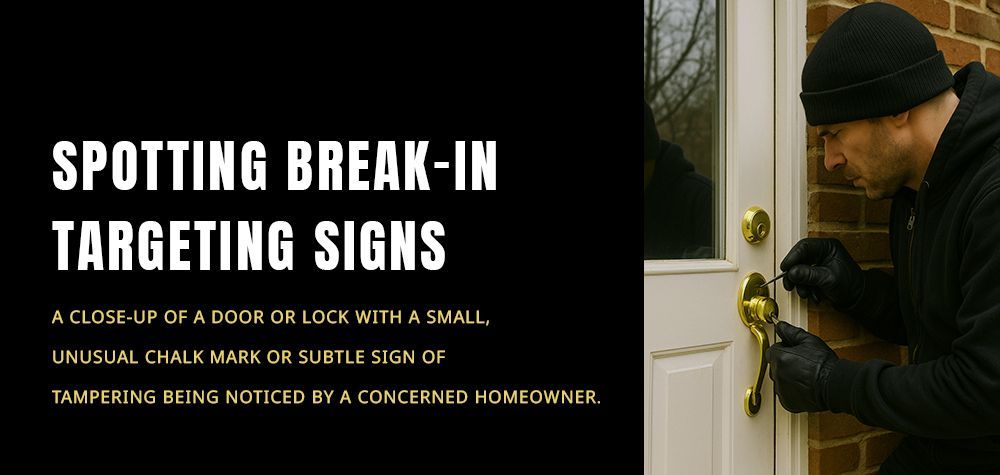How to Secure Utility Room Doors and Service Entrances
Utility rooms and service entrances are often overlooked when it comes to home or business security. These access points—whether for electrical panels, water heaters, maintenance supplies, or staff entry—can become weak links in an otherwise well-protected property. Criminals often target these doors because they are less visible and usually have weaker locks or outdated hardware. Securing them properly is essential to protect not just your assets, but also the overall integrity of your building’s security system.
In this article, we’ll explore how to identify vulnerabilities in your utility room doors, the best locking solutions, and professional security upgrades you can implement to keep these often-forgotten areas safe.
How to choose the right smart lock for multi-tenant properties
Understanding Why Utility and Service Entrances Are Vulnerable
Unlike main entryways, utility doors and service entrances are typically installed for function, not aesthetics or high-level security. These doors often lead to important systems like HVAC units, electrical panels, or water supplies—critical areas that, if compromised, can lead to serious damage or security breaches.
In many commercial or residential buildings, these doors are located in secluded spaces such as basements, side alleys, or back corridors. That isolation makes them easy targets for break-ins, vandalism, or unauthorized entry. Moreover, many property owners don’t inspect or upgrade these locks as often as front or internal doors, leaving them vulnerable over time.
Understanding this inherent risk is the first step toward addressing it effectively.
Evaluate Your Current Door and Lock Setup
Before installing new hardware or upgrading your system, conduct a thorough assessment of your existing utility room doors. Look at the following aspects:
- Material: Weak or hollow doors are easier to break or pry open. Solid-core metal or reinforced steel doors provide far better protection.
- Frame Condition: A door is only as strong as its frame. Rust, cracks, or poor fitting can render even the best lock useless.
- Lock Quality: Low-grade latch locks or standard knobs can easily be bypassed with simple tools.
A professional locksmith can perform a full audit of your door’s strength and identify where reinforcements are needed.
Choosing the Right Locks for Utility Doors
Locking solutions for utility and service entrances should prioritize durability, tamper-resistance, and weather protection. Here are some effective options to consider:
Deadbolt Locks
A commercial-grade deadbolt remains one of the strongest defenses. Choose a solid steel or brass bolt that extends at least one inch into the frame for maximum resistance against prying.
Padlocks and Hasp Systems
For outdoor or detached utility areas, a heavy-duty padlock with a concealed shackle design prevents bolt cutter attacks. Use a tamper-proof hasp and ensure it’s installed with non-removable screws.
Smart Locks
Modern utility rooms, especially in commercial settings, can benefit from smart locks. These allow property managers to monitor access, create temporary codes for maintenance personnel, and get alerts when the door is opened.
Keyed Entry Knob + Deadbolt Combo
For higher security, pair a keyed entry knob with a deadbolt to provide two layers of resistance. It’s ideal for indoor service rooms where heavy smart systems may not be necessary.
Reinforce the Door and Frame
Once you’ve upgraded your lock, don’t forget to reinforce the rest of the structure. Weak hinges, loose screws, or thin frames can easily give way under pressure—even if your lock is top-tier.
- Use long hinge screws that anchor into the wall stud.
- Add metal strike plates to reinforce the lock’s attachment point.
- Consider installing door armor kits that strengthen the jamb and latch area.
- For exterior doors, weatherproofing strips can add durability while protecting against moisture damage.
These small upgrades can significantly increase your door’s overall resistance to break-ins.
Control and Monitor Access
In commercial or shared buildings, multiple people may need access to the utility room—cleaning staff, technicians, maintenance workers, or tenants. Implementing controlled access prevents unauthorized entry and improves accountability.
For example, digital access systems allow you to assign individual PIN codes or mobile keys to authorized users. You can then track who entered and when, which is especially helpful for businesses managing multiple staff members.
Brothers Locksmith often recommends integrating utility door access with a broader security ecosystem that includes surveillance cameras and alarms. This adds an extra layer of protection and allows remote monitoring.
Can a locksmith break a smart lock without destroying it?
Secure the Surrounding Area
Even the best locks won’t help if the area surrounding your utility or service entrance is poorly secured. Make sure these locations are well-lit and covered by security cameras. Trim overgrown shrubs or bushes that could provide cover for intruders.
You can also install motion-sensor lights that activate when someone approaches the door. This not only deters potential break-ins but also provides visibility for authorized personnel working at night.
If your property layout allows, restrict access to the service area with fencing or security gates. Limiting physical access can dramatically reduce risks before anyone even reaches the door.
Maintenance and Regular Inspections
Security isn’t a one-time effort—it’s an ongoing process. Weather, daily use, and time can all weaken locks, hinges, and frames. Schedule routine inspections of your utility room doors at least once every few months.
During these checks:
- Test locks to ensure smooth operation.
- Replace worn-out keys or rekey locks if staff changes occur.
- Check smart lock batteries and software updates.
- Inspect for rust, cracks, or door misalignment.
Regular maintenance ensures your locks perform optimally and that vulnerabilities don’t go unnoticed.
When to Call a Professional Locksmith
If your utility lock system feels outdated or compromised, it’s time to involve a professional. A certified locksmith, like Brothers Locksmith, can assess your security setup, recommend the best upgrades, and install high-quality locks suited for your property type.
Locksmiths can also integrate your utility room locks into your broader security system—linking them with alarms, sensors, and access control tools for a unified defense approach.
Whether you’re managing a home, office, or industrial space, their expertise ensures that every entry point is as secure as your front door.
Final Thoughts
Utility rooms and service entrances are small but significant parts of your property’s overall safety network. By reinforcing these doors, choosing the right locks, and implementing controlled access, you reduce your vulnerability to intrusions and tampering.
A strong security system doesn’t just protect your valuable utilities—it reinforces peace of mind. With professional assistance from Brothers Locksmith, you can ensure every corner of your property, including those behind-the-scenes doors, is fully protected and secure.
Call Us Any Time!


